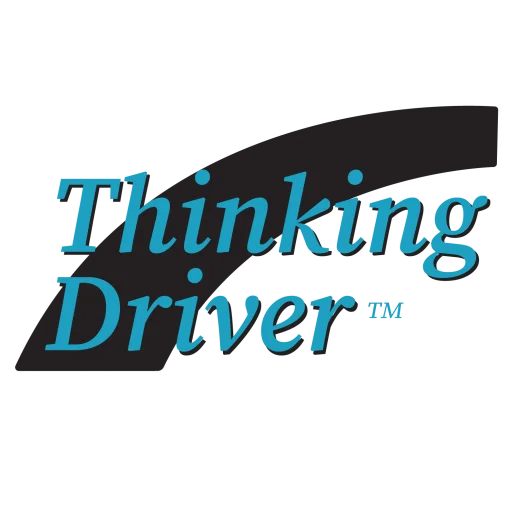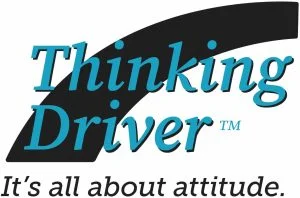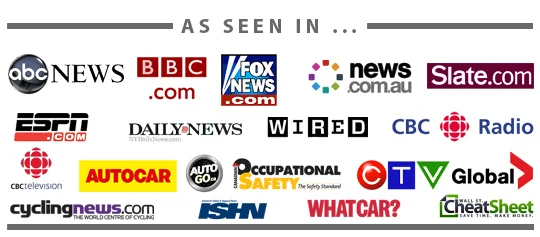Driving is the most dangerous thing that you do.
Your chances of being killed or injured while driving or riding in a vehicle are greater than any other activity that most people do. Traveling by automobile is many times more dangerous than any other mode of transportation.
It’s funny, most of us have sat in a departure terminal waiting to board an airplane and have had at least a passing thought: “I hope this isn’t the time that something goes wrong”, or have been on the plane when there has been turbulence and the plane starts bouncing around and thought: “This is it, now we are all going to die!”
But have you ever thought before climbing behind the wheel, “What I’m about to do is dangerous. If either I or any of the hundreds or thousands of people that I will share the road with today, people that I don’t know, have never or WILL EVER meet and know nothing about, screw up, I could end up badly hurt or killed.”
But we don’t: Except in rare and tragic cases. And the number of these occurrences and the number of fatalities involved, pales in comparison to the numbers that are killed every year on the nation’s highways.
We don’t think those thoughts, though. Not most of us.
Some activities are just so dangerous that most of us don’t even consider engaging in them.
I saw a t-shirt once that said, “I am a bomb disposal technician. If you see me running, try to keep up”
But not driving.
Yet it is the leading cause of unintentional deaths at 10.9 fatalities per population of 100,000 according to the Centers for Disease Control.
If you drive as part of your job, it’s the most likely way that you will be injured on the job too.
Being an astronaut is probably one of the more dangerous jobs, but not because of driving land-based vehicles!
Chris Hadfield, the Canadian astronaut who flew on the International Space Station in 2013 for 5 months and was its Commander most of that time, says that this dangerous mission was the culmination of his career that began in the Canadian military where he was a fighter pilot, then a test pilot, then finally an astronaut. Hadfield said in an interview, after the mission, that he isn’t a risk taker by nature and in fact he is risk averse and even afraid of heights! He tries to reduce the risk in every activity that he does by being aware, educating himself about the risk and preventative ways to mitigate or reduce that risk, and as he calls it, by practising “negative thinking.”
He says that there is a lot of popular psychology these days about the power of positive thinking but he relies more on negative thinking. Thinking that asks: “what could go wrong here?” Instead of either ignoring risk or just hoping or trusting that everything will be okay.
Once engineers analyze and identify the risks and dangers in the mission, activity, or task, they can plan how to reduce that risk and how to implement a primary plan and a backup plan if the first risk reducing strategy fails. Only after doing everything reasonable to reduce the risks of an incident or accident, does the mission go forward with confidence that everything that can reasonably be don, HAS been done.
Does that eliminate risk though?
Absolutely not!
Space travel is inherently risky, as we have seen from the several tragedies dating back to the Apollo days and through two (2) shuttle missions lost with all crew members, so even after taking every conceivable precaution, something can still go wrong.
Most of us will never become astronauts, but driving is no different than space travel as an inherently risky activity and an activity where things can also go terribly wrong even after taking every defensive precaution. The risks involved with driving are even more difficult to identify and the defences more uncertain than ones involving space travel in some ways. At NASA, everyone is on the same team and working towards the same safe and incident free outcome. We share the roads with strangers who may or may not take the same care that we do. NASA engineers are controlling risk involving generally predictable equipment and machinery failure. We have to deal with the uncertainty of unpredictable human behaviour in people that we don’t even know!
So the next time you slip behind the wheel, think about yourself as a fighter pilot or astronaut. Not the daring and risk taking Buck Rogers, hero of screen and story, but the real thing: a thoughtful and skilled technician and expert at negative thinking, assessing situations and reducing the risk of incident.
That way, like Chris did, we can all come home safely.
Written by: Spencer McDonald, President, Thinking Driver








